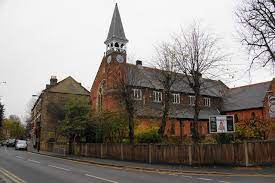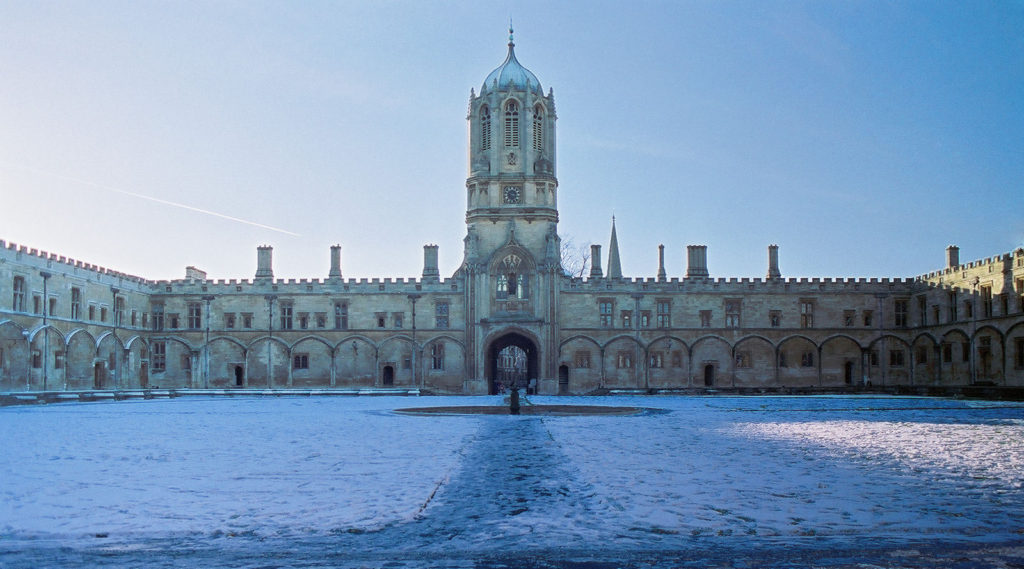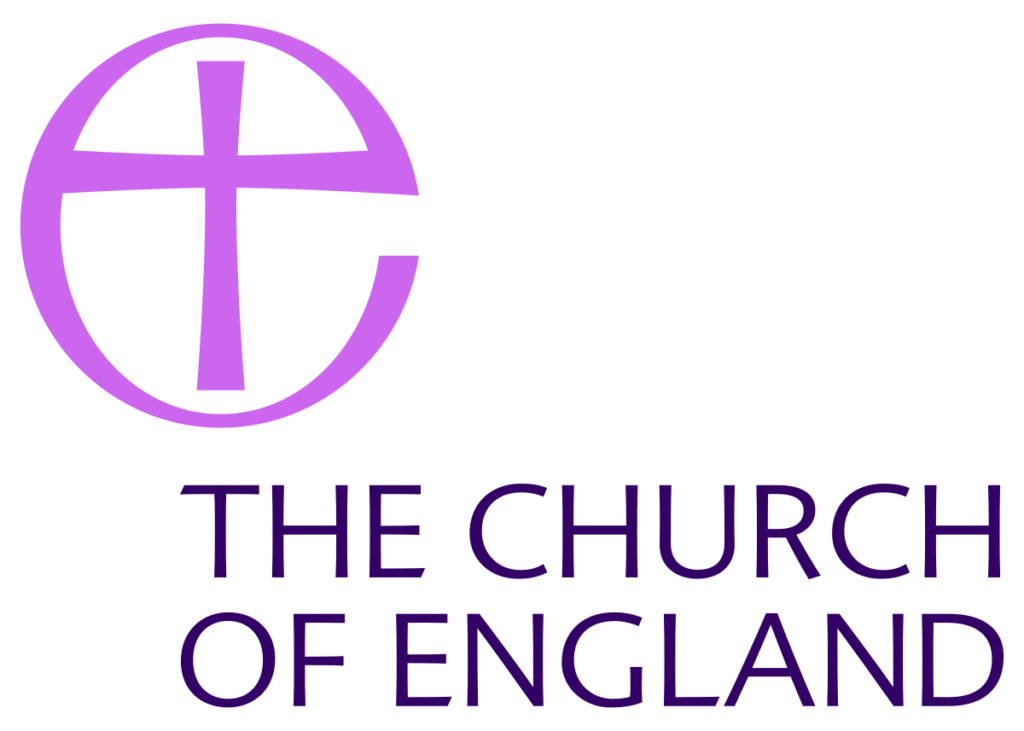
The recent debates and discussions that have come out of the Jonathan Fletcher/Emmanuel Church Review have had a considerable impact both on individuals and the wider Church. All of us have now passed beyond the point of being shocked by the revelations. Those who were in any way associated with JF, will by now have arrived at a new stage. This is to take stock and consider afresh how the revelations have affected their personal faith. There is also the need to look at the Christian networks they belong to and ask themselves whether their loyalties have changed in any way. For some, this taking stock may have been extremely painful. Some have looked up to JF for decades so that their Christian identity is bound up with having had him as a mentor or guru. They will be asking themselves, ‘how much of my Christian conviction has been created by my dependence on JF’s personality and in the way that he exercised a strong influence over me? What is left now after he has been shown to be to be a false prophet concerned with the preservation of his power and image?’ Others will be asking themselves other questions, those which were put out by the Review itself. ‘Is my current post or position within the Church tenable when I owe it to the patronage of JF and his circle? Am I now caught up in an institutional structure which was created by a dishonest and unedifying scramble for power? Can I continue when so much rottenness at its base has been revealed?’
Speaking for myself, I have not had to go through these painful stages of realisation. Jonathan Fletcher had been completely unknown to me until fairly recently. Stories about him were circulating at the start of 2019, and the first Daily Telegraph exposure in June of that year did not surprise me in any way. I reveal this detachment from the world of JF, not with any sense of smugness, but with a real feeling of sadness for all those who were (and are) living in thrall to his influence. Over the years when I have been trying to study closed Christian groups and cults, I have noted this phenomenon of surrendering responsibility to a religious leader. Once this fateful decision has been made to become the disciple or follower of a particular leader or guru, certain things happen. Few of them are helpful to the long-term well-being of the disciple or the guru. Nevertheless, each seems to gain in the short term. From the perspective of the follower, the main gain is the sharing of and access to the leader’s version of truth. Suddenly, issues about morality, the meaning and purpose of life are made clear. Instead of doubt there is certainty. The leader, the supremely wise individual, has, it is believed, access to levels of insight and wisdom which are given him by his special spiritual status. All cults and closed Christian groups seem to practise a version of this surrender to a ‘realised’ leader.
One of the weaknesses of conservative Christianity is the claim that there is only a single version of truth and teaching. There is a single way of reading the Bible and the leaders and their group possess it and proclaim it. This ‘truth’ is completely above any need to debate or even discuss. Such a claim is extraordinary when we think about it. It totally ignores the wide variety of cultural and historical manifestations of Christianity that exist. The expression the Bible ‘clearly teaches’ is also palpable nonsense for those who actually take the trouble to read the text for themselves. Consistency and clarity are not there to be found in the Bible, but only in the imagination of one who keeps the book firmly closed. Only in the context of a carefully supervised reading of selected passages during a sermon on Sunday mornings, can this illusion of coherence and consistency be maintained. For the rest of us who study it for ourselves with the help of commentaries, the Bible turns out to be a highly complex work, full of insight, nuance, paradox and mystery but not clarity. It does not suddenly become easy to understand, just because a preacher declares it to be the infallible word of God and makes numerous selected quotes to back up a line of teaching.
The world of conservative evangelical Christianity is an extraordinary one for those of us who are not part of it. We ask many questions of this group, but we often fail to receive answers. How does conservative Christianity place such enormous weight on some ambiguous verses in Leviticus on the gay issue, while virtually ignoring some straightforward prohibitions on divorce given by Jesus? Does Christianity ever have the right to operate as a privileged but closed system of knowledge, unwilling to engage properly with the disciplines of learning which have developed over the past 500 years? Christianity is not at its most attractive when it claims to have the ultimate truths connected with human life, while shutting out debate with others who see things differently. If debating is ever closed down on the grounds that ‘authority’ has decided that there are settled opinions which must be followed, some of us rebel.
Within the world of the conservative Anglicanism, as exemplified by JF, St Helen’s Bishopsgate and All Souls, the inerrant authority of Scripture, interpreted by the godly ‘sound’ preachers gives a semblance of unity to the whole institution. If the appointed leader has the divine authority to preach the word of God, this logically allows him to exercise control in other areas of church governance. If any part of this authority is shown to be shaky, then the rest of the authority structure is under threat. The democratic impulse is not one well cultivated in these circles. If the hard line preaching on moral issues is ever contested, the institution must push back strongly. Any concession to another version of truth puts a possible doubt over the legitimacy of the leaders. JF skilfully used the structures of conservative Anglicanism to maintain an enormous amount of power for himself. He used the power of the institution to resist challengers within. More importantly, he had power as the preacher of the infallible word of God. To oppose such a leader, is to oppose God himself. Who wants to be on the wrong side of God?
The unseemly initial response by William Taylor to the Fletcher Review on Palm Sunday from the pulpit at St Helen’s, was revealing. https://anglican.ink/2021/04/05/william-taylors-palm-sunday-criticisms-of-the-fletcher-report-from-the-pulpit-of-st-helens-bishopsgate/ It seemed like the reaction of a man who felt that his personal power was under attack. Although Taylor apologised for his remarks a week later, this first reaction was an understandable outburst in at least two ways. First of all, Taylor probably owes an enormous amount to JF. Taylor’s spiritual formation, as well as his place as leader of St Helen’s and current head of the ReNew constituency, all seem to be linked to his personal and professional ties to JF. The way that patronage has operated during JF’s period of influence suggests that no appointments were ever made to a post as central as St Helen’s without the blessing of JF. In the second place the structures of the con-evo section of the Anglican church are indebted to JF’s work in the past. The Review went as far as suggesting that this whole edifice of the con-evo institution needed dismantling and rebuilding to cope with the aftermath of JF’s disgrace. Such a process would of course directly impact Taylor himself and his position as overall leader. He was, clearly, rattled by this suggestion, and his first instinct was to lash out against it and also declare the advisors’ other supplementary comments ‘political’. The main Review had avoided naming individuals, but the extra comments from the advisors had no such inhibition.
The power to control an institution without challenge has always been the goal of cult leaders and other authoritarian leaders of religious groups. From my perspective, the ReNew constituency is such an authoritarian network. As such it cannot tolerate questioning or dissent. If any part of the structure, the leadership or doctrine, is challenged, the whole system goes into panic defensive mode. All the complaints about bullying and other forms of power abuse that we hear from these networks (there are several ongoing at present) have a high degree of credibility. They are credible because an organisation that needs to be without error is also likely also to be disproportionately aggressive in the way it defends itself. The Bible, the institution, the doctrine and the leaders – all have to be part of seamless whole that knows no doubt or error. The logic of infallibility as a doctrine of the Bible is extended to the whole structure, including leadership decisions. No questioning of leaders, decisions or structures can be tolerated. That would undermine the fantasy of perfection and certainty which holds the whole structure together. It is this promise of certainty available to the followers that gives the leaders much of their enormous power.
Commentators on the Church in 2021 have been speaking of the enormous changes that are predicted as the result of the pandemic. The thirtyone:eight report on Emmanuel Wimbledon may be seen by historians as of equal importance. The Review will perhaps mark the moment when the complacent secretive structures of conservative Anglicanism were prized open for the first time. The flaws and corruption seen within helped to dispel the myth of infallibility and certainty for these leaders. This expression of Anglicanism may be allowed to flourish in a quite different way in the future. Without the arrogance of certainty with claims to divine truth, the ReNew network may come to serve the wider church in a better way. With a new attitude of humility, chastened by its clear past failures, especially in its failure to respond to abuse, it might eventually come to serve the wider church in a form that enriches other Christians groups, rather than trying to dominate them.












